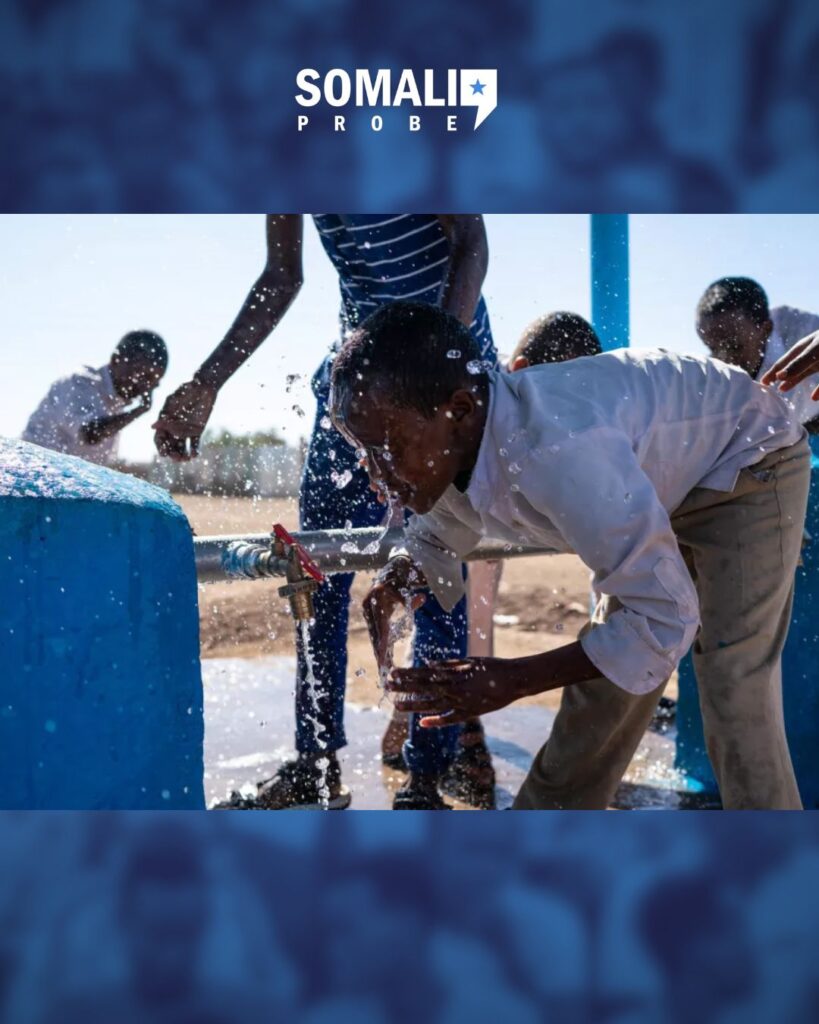Water in Somalia faces severe scarcity due to a combination of climate change, prolonged droughts, poor infrastructure, and conflict.
Much of the population—especially in rural and pastoral communities—relies on seasonal rains, shallow wells, and river systems like the Juba and Shabelle rivers, which are under increasing pressure.
Water in Somalia: Drought and Climate Vulnerability
Somalia is one of the countries most affected by climate change in the Horn of Africa.
Recurrent droughts—including the devastating 2011 and 2022 droughts—have displaced millions and left livestock dead and farms barren.
The lack of reliable rainfall affects food production, water access, and livelihoods.
Unsafe Drinking Water in Somalia
Access to clean and safe drinking water is limited.
Many Somalis depend on contaminated surface water or open wells, which often leads to waterborne diseases like cholera.
Especially in IDP camps and underserved regions.
Urban vs Rural Divide
Urban areas like Mogadishu, Hargeisa, and Garowe tend to have more access to piped or trucked water services, though often privatized and expensive.
In contrast, rural areas are highly dependent on seasonal water sources like berkads (man-made water reservoirs) and boreholes, many of which dry up or are poorly maintained.
Clashes on Water in Somalia
Water scarcity is also a source of conflict.
Clashes over access to water and grazing land between clans or communities are common.
Especially during dry seasons.
Control over key water points is often linked to militant groups like Al-Shabaab, who use water access as leverage.
Efforts and Solutions for Water Problems in Somalia
- UN agencies, NGOs, and local partners have been working to improve water infrastructure, including drilling boreholes, rehabilitating wells, and promoting rainwater harvesting.
- Projects focus on sustainable water management, solar-powered pumps, and community training.
- Despite these efforts, funding gaps and insecurity hinder long-term impact.
Fast Facts About Water in Somalia:
- Only about 50% of the Somali population has access to improved drinking water.
- Over 90% of Somalia’s water comes from groundwater, but much of it is brackish or saline.
- The Shabelle River, once a lifeline, has been drying up seasonally due to upstream use and climate effects.
Water in Somalia is more than a basic need—it’s a lifeline for peace, health, and development. Addressing water scarcity requires
- Long-term investment
- Climate adaptation
- Conflict-sensitive planning
As Somalia rebuilds, water access must be at the heart of its national and humanitarian priorities.


